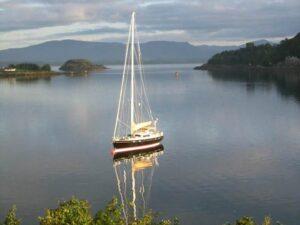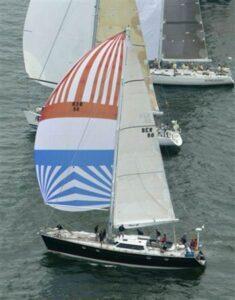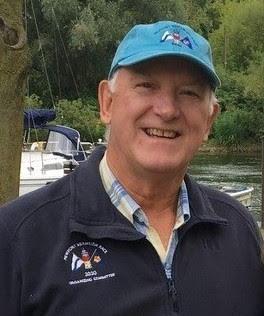
Bob’s presentation was about the sinking of Monterey, a Farr 56, about 200 miles south of Bermuda, during the 2017 Antigua Bermuda Race and the safety lessons learned.

Bob has been sailing with his wife, Sally, on their Niagara 35, Aphrodite from the Royal Canadian Yacht Club (RCYC) for many years. In 2001 Bob was invited to join the Cruising Club of America (CCA). His racing adventures have included the Lake Ontario International, the Port Huron Mackinac, Newport Bermuda, Marblehead Halifax and the South China Sea Races. His saltwater sailing has also included two trans-Atlantic passages; a passage from Darwin to Bali; and cruising in the Baltic, Mediterranean, Caribbean, and the Hebrides. Bob was Commodore of the RCYC in 1995-96 and Cruising Club of America in 2020-21. In May 2017, he was one of six onboard Monterey in the Antigua Bermuda Race when the boat sank about 200 miles south of Bermuda. A 1hr presentation to the Shellbacks Club of Toronto, Being ‘Holed’ en Route to Bermuda aboard Monterey, can be viewed here.


